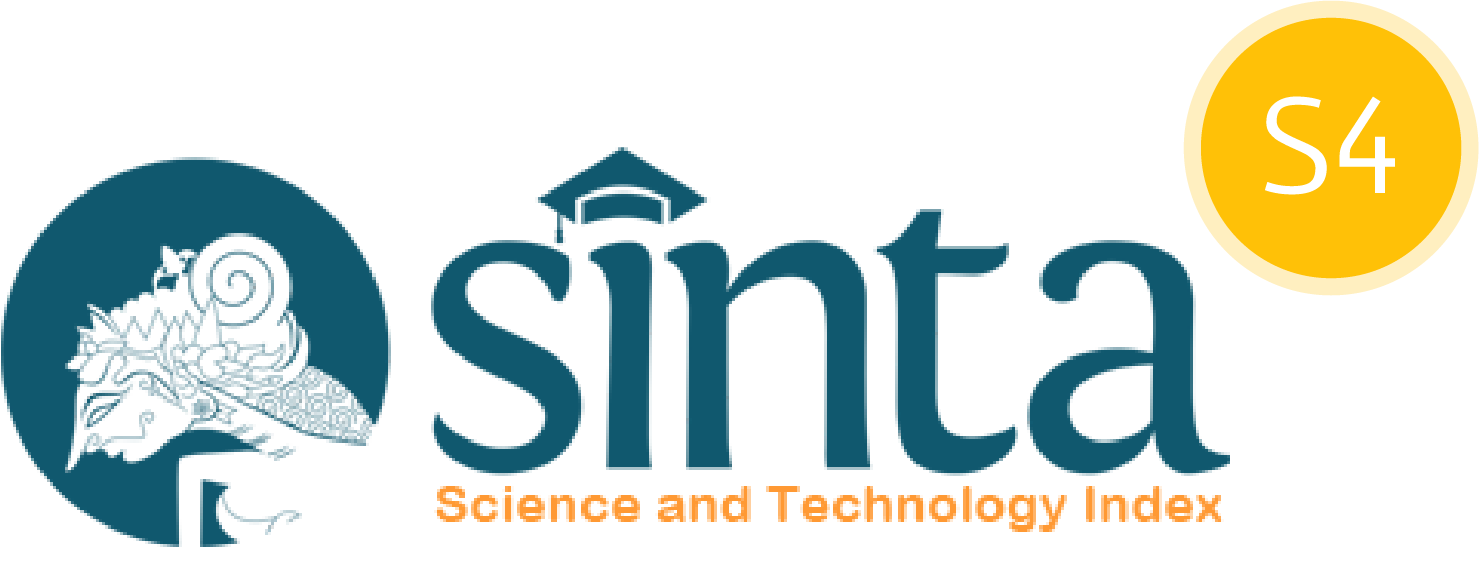Mitigating Academic Risk among Agribusiness Students through the Integration of a Cognitive Socioneuroscience Approach: The Case of the Fun Accounting Double Entry Table at Universitas Jenderal Soedirman
DOI:
10.29303/ujcs.v6i2.1024Published:
2025-06-24Issue:
Vol. 6 No. 2 (2025): JuneKeywords:
Fun Accounting Double Entry Table, Cognitive Socioneuroscience Approach, Academic Risk Mitigation, Agribusiness Students, Universitas Jenderal SoedirmanArticles
Downloads
How to Cite
Downloads
Metrics
Abstract
This community service initiative addresses the high academic risk in double-entry bookkeeping comprehension among agribusiness students at Universitas Jenderal Soedirman through the implementation of the Fun Accounting Double Entry Table—a certified HKI educational tool based on cognitive socioneuroscience principles. A structured socialization program engaged 94 students (50 from diploma and, 44 from undergraduate), including activities such as guided practice and independent application using HOTS question on 25 minutes assessment quiz. Facility Index (FI) analysis of the pre-test and post-test assessments evaluated question’s difficulty, while qualitative testimonials captured user feedback. The result is: average scores increased by 48.7% (D3) and 42.6% (S1), systematic journaling mistakes decreased by 84%, 89% of participants reported reduced learning anxiety, and 100% of attendees endorsed table integration into curricula.
References
Anderson, L.W. & Krathwohl, D.R. (2015). A taxonomy for learning, teaching, and assessing: A revision of Bloom's taxonomy of educational objectives. London, United Kingdom: Pearson.
Handayani, S. & Prasetyo, A. (2020). Dampak kompetensi akuntansi terhadap kinerja akreditasi program studi agribisnis di Indonesia. Jurnal Manajemen Pendidikan, 15(2), 112–125. doi: https://doi.org/10.21009/JMP.015.02
Immordino-Yang, M.H. (2016). Emotions, learning, and the brain: Exploring the educational implications of affective neuroscience. New York, United States: W.W. Norton & Company
Kavanagh, M.H. & Drennan, L. (2008). What skills and attributes does an accounting graduate need? Evidence from student perceptions and employer expectations. Accounting & Finance, 48(2), 279–300. doi: https://doi.org/10.1111/j.1467-629X.2007.00245.x
Krathwohl, D.R. (2002). A revision of Bloom's taxonomy: An overview. Theory Into Practice, 41(4), 212-218
Marriott, P. (2007). An analysis of first-year accounting students’ learning experiences using a survey on approaches to learning. Accounting Education, 16(4), 315–346. doi: https://doi.org/10.1080/09639280701507140
Mayer, R.E. (2020). Multimedia learning (3rd ed.). Cambridge, United Kingdom: Cambridge University Press
Shapiro, L. (2019). Embodied cognition (2nd ed.). London, United Kingdom: Routledge
Sukirno, S. & Rahmawati, S. (2020). Community service methodology in higher education: A comprehensive approach. Journal of Community Engagement and Higher Education, 12(3), 78-92
Sweller, J., Ayres, P. & Kalyuga, S. (2011). Cognitive Load Theory. London, United Kingdom: Springer
Watson, S., Apostolou, B., Hassell, J.M. & Webber, S.A. (2010). Accounting education literature review (2006–2009). Journal of Accounting Education, 28(3–4), 145–197. doi: https://doi.org/10.1016/j.jaccedu.2011.08.001
Zakaria, N. & Yusof, S.A.M. (2019). Visual scaffolding in enhancing accounting students’ understanding. Journal of Applied Research in Higher Education, 11(3), 594–611. doi: https://doi.org/10.1108/JARHE-01- 2018-0012
Author Biographies
Sawitania Situmorang, Universitas Jenderal Soedirman
Irene Kartika Eka Wijayanti, Universitas Jenderal Soedirman
Ratna Satriani, Universitas Jenderal Soedirman
Muhamad Solekan, Universitas Jenderal Soedirman
License
Copyright (c) 2025 Sawitania Situmorang, Irene Kartika Eka Wijayanti, Ratna Satriani, Muhamad Solekan

This work is licensed under a Creative Commons Attribution 4.0 International License.
You are free to:
- Share — copy and redistribute the material in any medium or format for any purpose, even commercially.
- Adapt — remix, transform, and build upon the material for any purpose, even commercially.
The licensor cannot revoke these freedoms as long as you follow the license terms.
Under the following terms:
- Attribution — You must give appropriate credit, provide a link to the license, and indicate if changes were made. You may do so in any reasonable manner, but not in any way that suggests the licensor endorses you or your use.
- No additional restrictions — You may not apply legal terms or technological measures that legally restrict others from doing anything the license permits.
Notices:
You do not have to comply with the license for elements of the material in the public domain or where your use is permitted by an applicable exception or limitation.
No warranties are given. The license may not give you all of the permissions necessary for your intended use. For example, other rights such as publicity, privacy, or moral rights may limit how you use the material.




